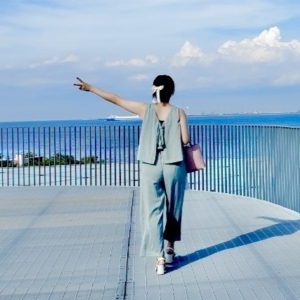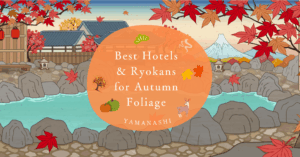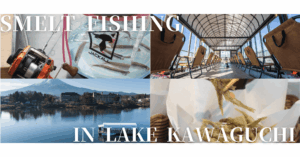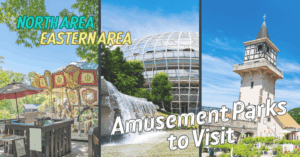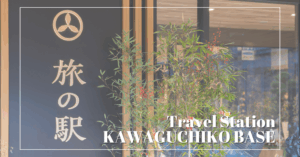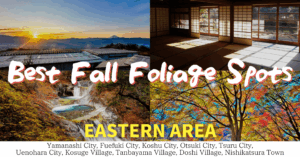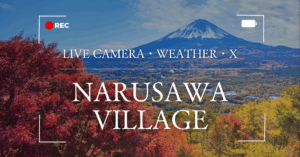Demon Slayer: Kimetsu no Yaiba has become a cultural phenomenon and one of Japan’s most beloved anime series. First serialized in February 2016, the story’s popularity soared after the 2019 TV anime adaptation, captivating audiences worldwide.
In 2020, the film Demon Slayer: Mugen Train shattered box-office records with 40.7 billion yen, becoming the highest-grossing film in Japanese history. Its success was followed by Demon Slayer: Infinity Castle – Part 1 Akaza’s Return in 2025, which surpassed 30 billion yen and ranked No. 1 for eight consecutive weeks—proof that the phenomenon continues to grow.
What many fans don’t realize is that real-world places across Japan inspired the settings and atmosphere seen throughout the series. From mist-shrouded mountains reminiscent of Tanjiro’s hometown to historical architecture echoing the Taishō era, these destinations allow you to step directly into the world of Demon Slayer.
In this feature, we’ll introduce must-visit pilgrimage spots for every fan, tracing the landscapes, shrines, and towns that shaped the story’s heart.
Experience the spirit of Demon Slayer—and discover Japan through the eyes of its heroes.
Mount Kumotori (Yamanashi / Tokyo / Saitama) | Featured in the Official Demon Slayer Fanbook
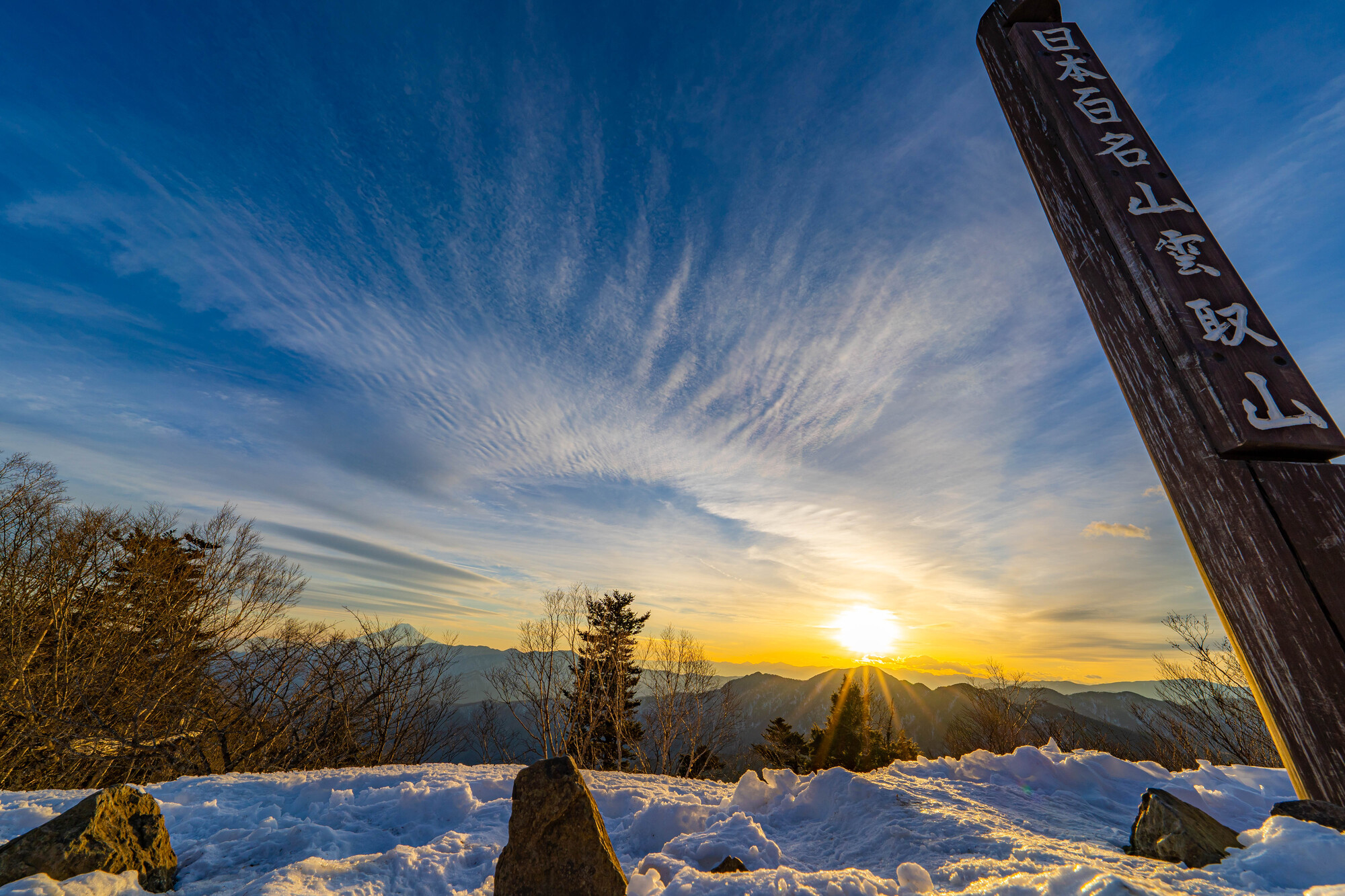
Rising to an elevation of 2,017 meters, Mount Kumotori is a majestic peak often referred to as “the mountain of hidden beauty” or “the mountain where you can touch the clouds.” With its pristine wilderness and rugged terrain, it has long been admired by experienced hikers—and in recent years, it has gained fame among fans of Demon Slayer: Kimetsu no Yaiba as well.
The reason lies in the very first episode of the series. The unforgettable opening scene, where Tanjiro Kamado carries his sister Nezuko on his back through the snowy mountains, is said to have been modeled after Mount Kumotori. The official Demon Slayer fanbook even states that the Kamado siblings’ hometown is located on Mount Kumotori, cementing its place as one of the story’s most important real-world locations.
While the hike takes approximately nine hours round trip and is considered an advanced course, the panoramic view of Mt. Fuji from the summit makes it a truly rewarding challenge—one that both mountain lovers and anime fans will cherish for a lifetime.
At the Michi-no-Eki Tabayama Roadside Station, located in nearby Tabayama Village, visitors can find exclusive Demon Slayer-themed merchandise, including face masks featuring kimono patterns and Japanese-style stationery with traditional motifs—perfect as souvenirs or gifts for fellow fans.

| Address | 2901 Tabayama Village, Kitatsuru District, Yamanashi 409-0300 |
|---|---|
| Website | – |
The Boulder Tanjiro Cut – Iconic “Demon Slayer” Spots Around Japan
One of the most unforgettable moments in Demon Slayer: Kimetsu no Yaiba is when Tanjiro Kamado splits a massive boulder with his sword, earning the recognition of his master, Sakonji Urokodaki.
This symbolic scene of strength and determination has inspired fans across Japan to visit real-life rocks and sacred stones believed to resemble or inspire that legendary “cut boulder.”
Here are several notable locations connected to this powerful image:
Yagyū Ittōseki (Nara Prefecture)
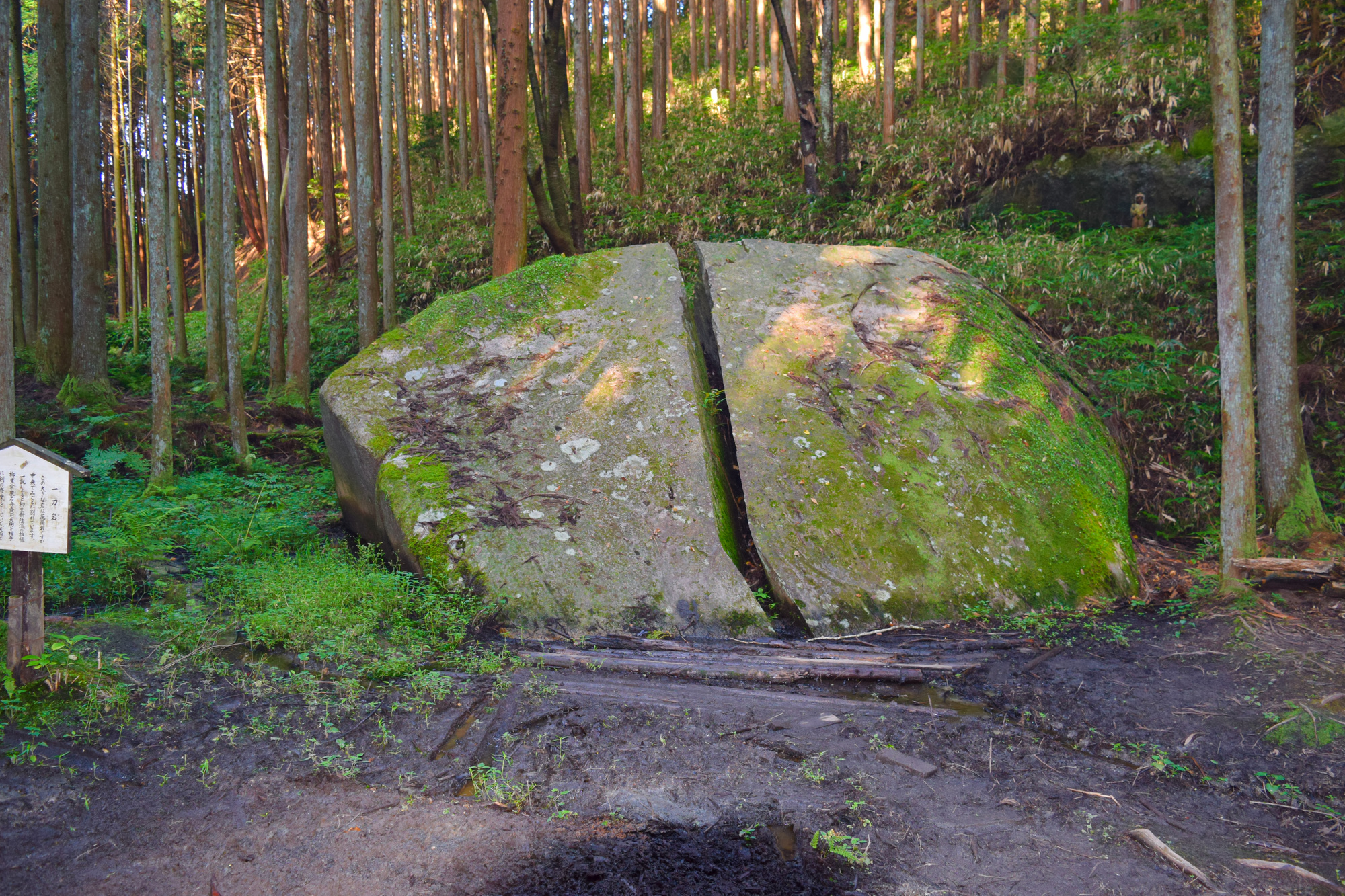
A legendary boulder tied to Yagyū Muneyoshi (Yagyū Sekishūsai), a famed swordsman of the Sengoku period.
According to legend, Yagyū struck down a tengu during training, but his sword also split the giant rock before him clean in two. Today, a toy katana is placed in front of the rock for visitors to recreate the scene—many fans even enjoy cosplay photo shoots here!
| Address | Yagyū Town, Nara City, Nara 630-1237 |
|---|
Rengeiwa / Oni no Ittōiwa (Gifu Prefecture)
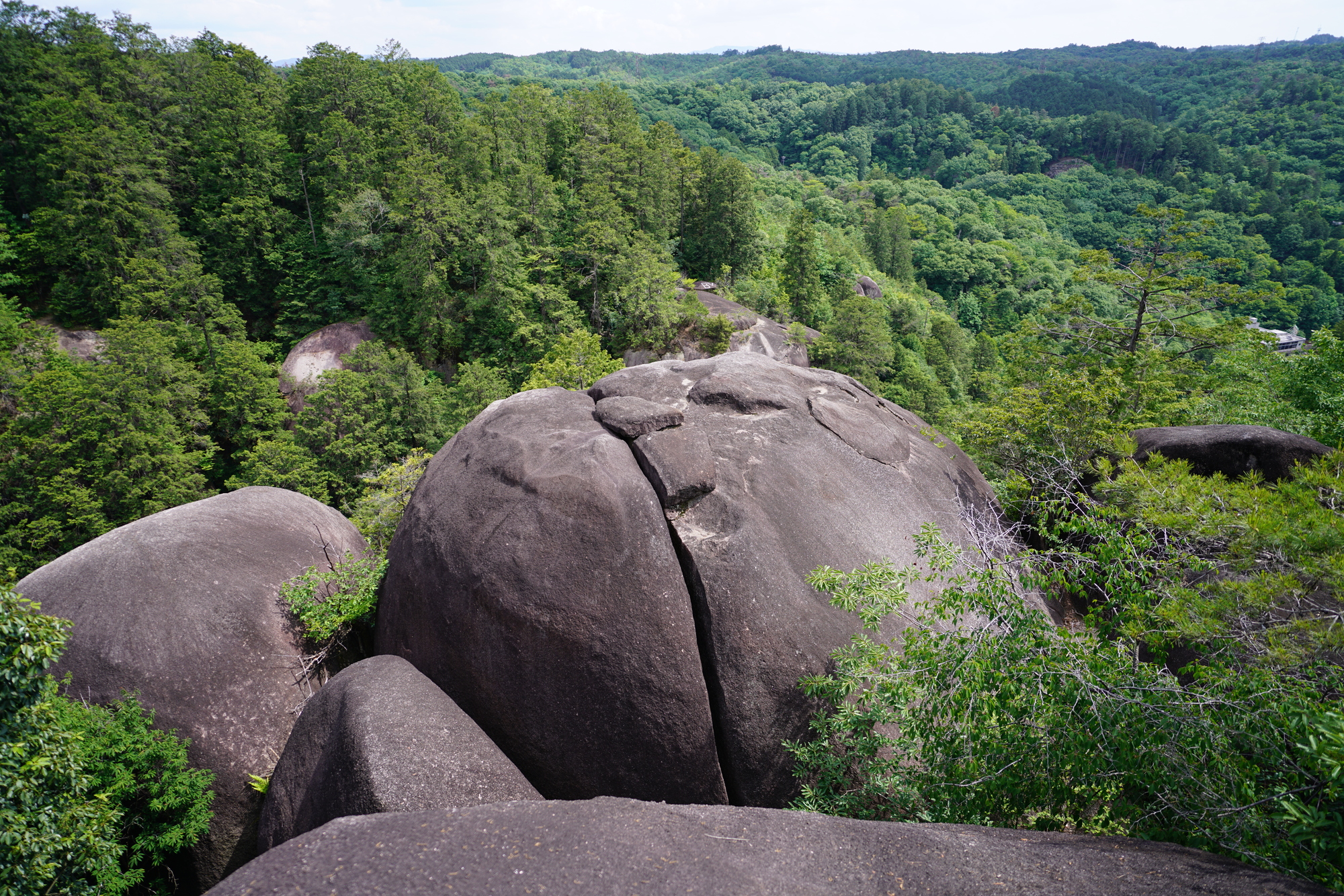
Said to be the home of an evil ogre called Seki no Tarō during the Kamakura period, this rock was named after its lotus-like shape when viewed from above.
The deep natural split through the center gives it the same dramatic look as the boulder Tanjiro cut in the series.
The area is also known for its cherry blossoms and autumn foliage, and nearby hot spring resorts make it a perfect sightseeing and hiking destination.
| Address | Kisogawa Kaidō, Hiyoshi Town, Mizunami City, Gifu 509-6251 |
|---|
Kamiiwa (Fukuoka Prefecture)
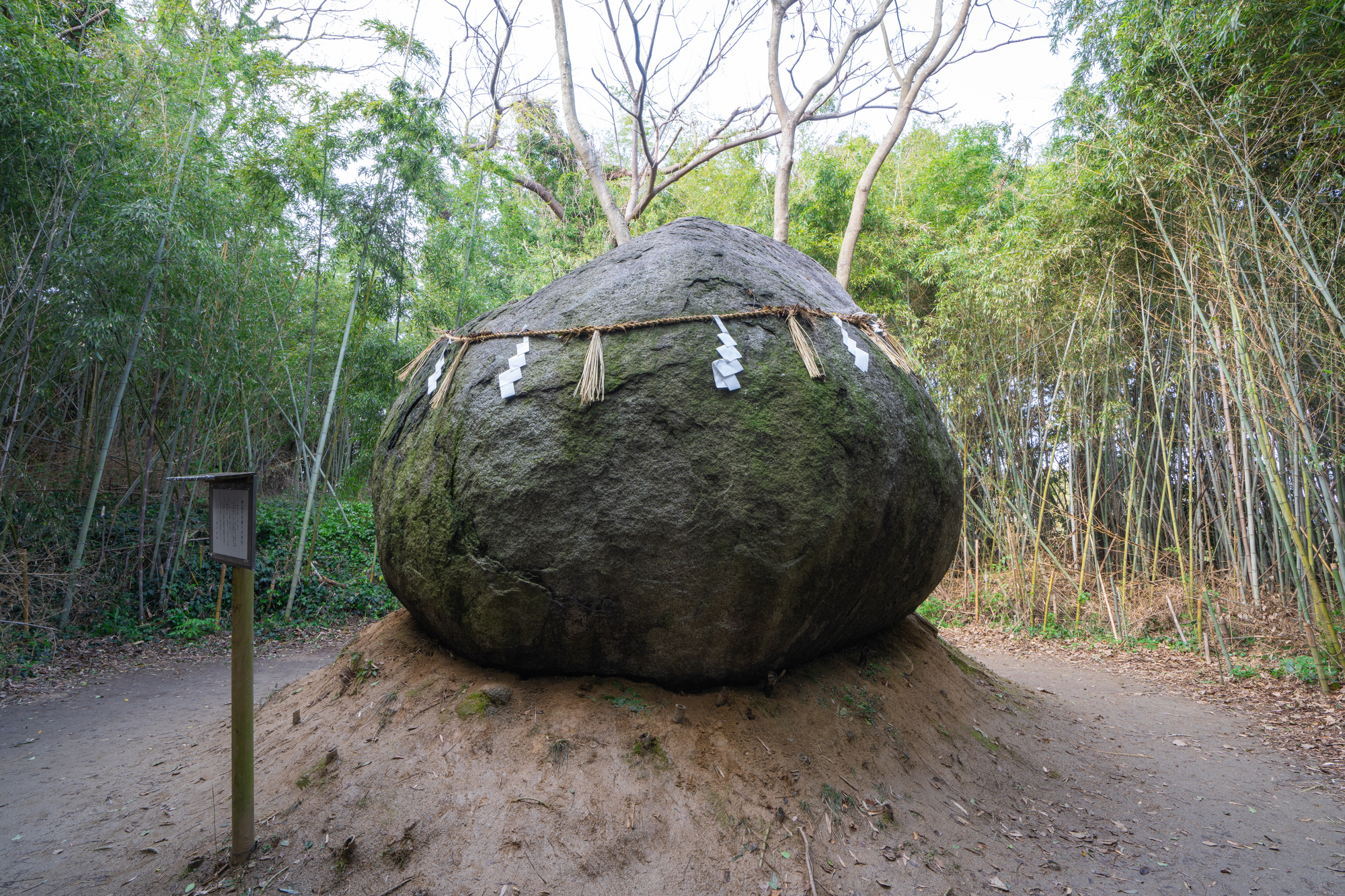
Resembling the boulder that Tanjiro trained upon, Kamiiwa is one of the most popular Demon Slayer-related rocks in Japan.
Fukuoka is also the hometown of series creator Koyoharu Gotouge, which adds special meaning for fans visiting this site.
Archaeological findings like magatama beads suggest the area once served as a burial ground for powerful local figures.
Interestingly, a lottery booth nearby once sold a winning ticket, turning the spot into a famous power place for good fortune.
| Address | 801-1 Kamii, Itoshima City, Fukuoka 819-1123 |
|---|
Suzuiwa (Fukuoka Prefecture)
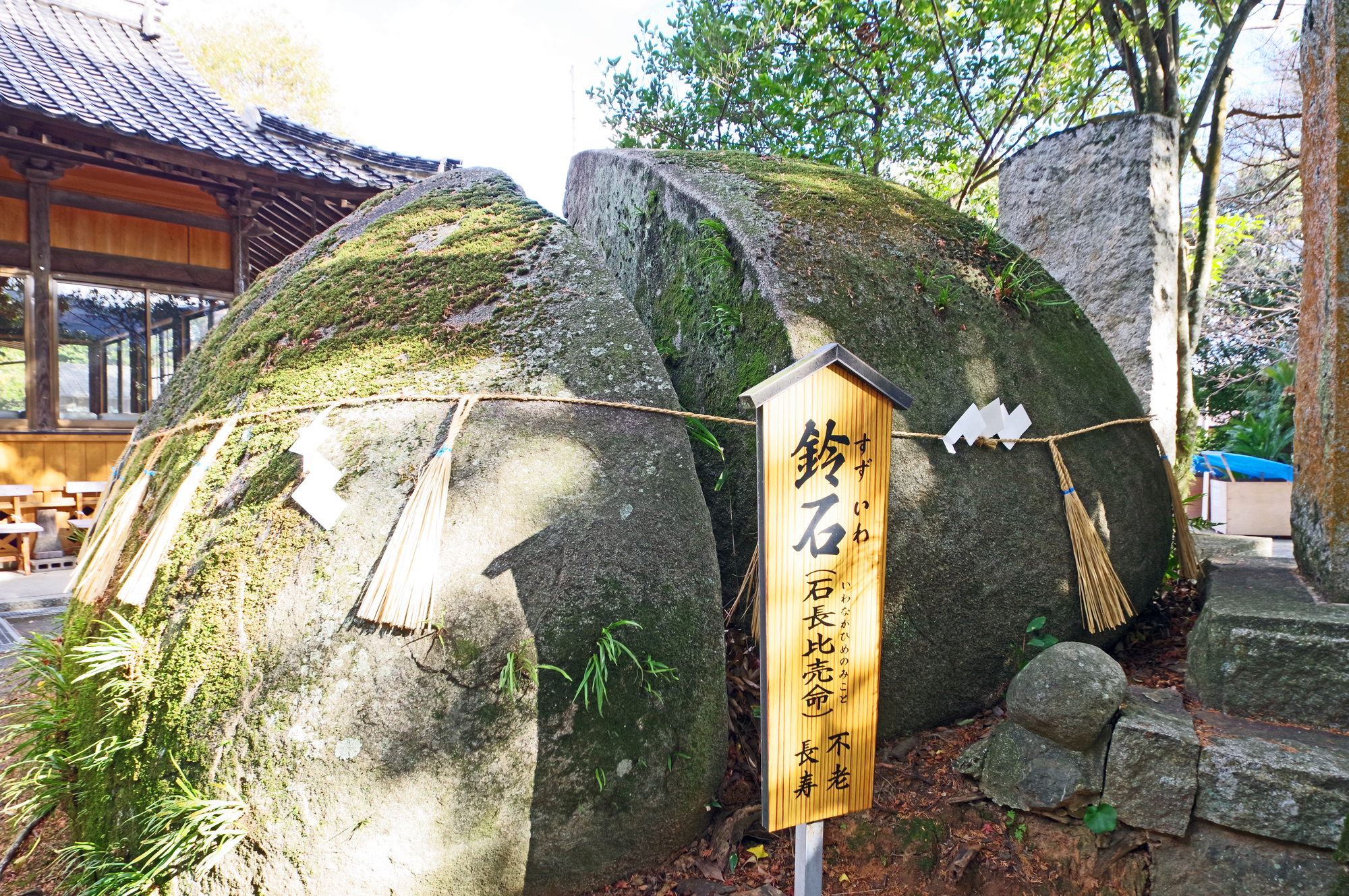
A 6-meter-wide sacred stone whose name, meaning “bell stone,” comes from its rounded, bell-like shape.
It is believed to enshrine Iwanaga-hime, the goddess of longevity, and has long been worshiped as a symbol of eternal life.
Visitors can pray for health and long life here, and the goshuin (temple stamp) featuring the Suzuishi design makes for a wonderful keepsake.
| Address | 3-1 Nakanukihonmachi, Kokuraminami Ward, Kitakyushu City, Fukuoka 800-0235 |
|---|
Ryū no Wareishi (Nagano Prefecture)
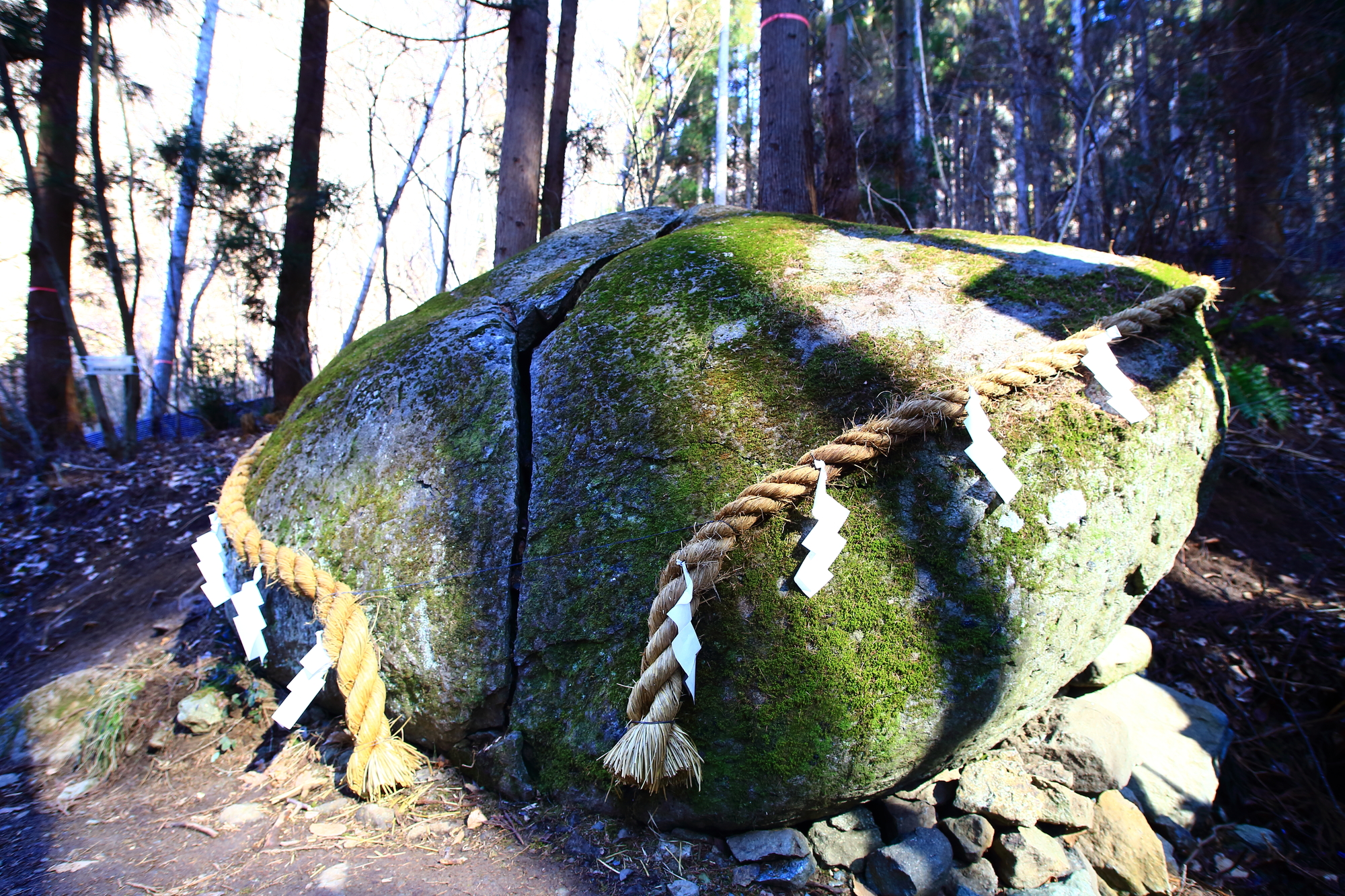
Once just a 2mm crack, this “Dragon-Split Rock” gradually widened over the centuries under the forces of nature.
Surrounded by beautiful rural scenery, the area bursts into color each spring with weeping cherry blossoms, creating a scene straight out of the anime.
Nearby charcoal huts also evoke the Kamado family’s traditional livelihood, making this a spot where fans can step into Tanjiro’s world.
| Address | Sakata Town, Suzaka City, Nagano 382-0929 |
|---|
Oni no Shitōiwa (Shimane Prefecture)
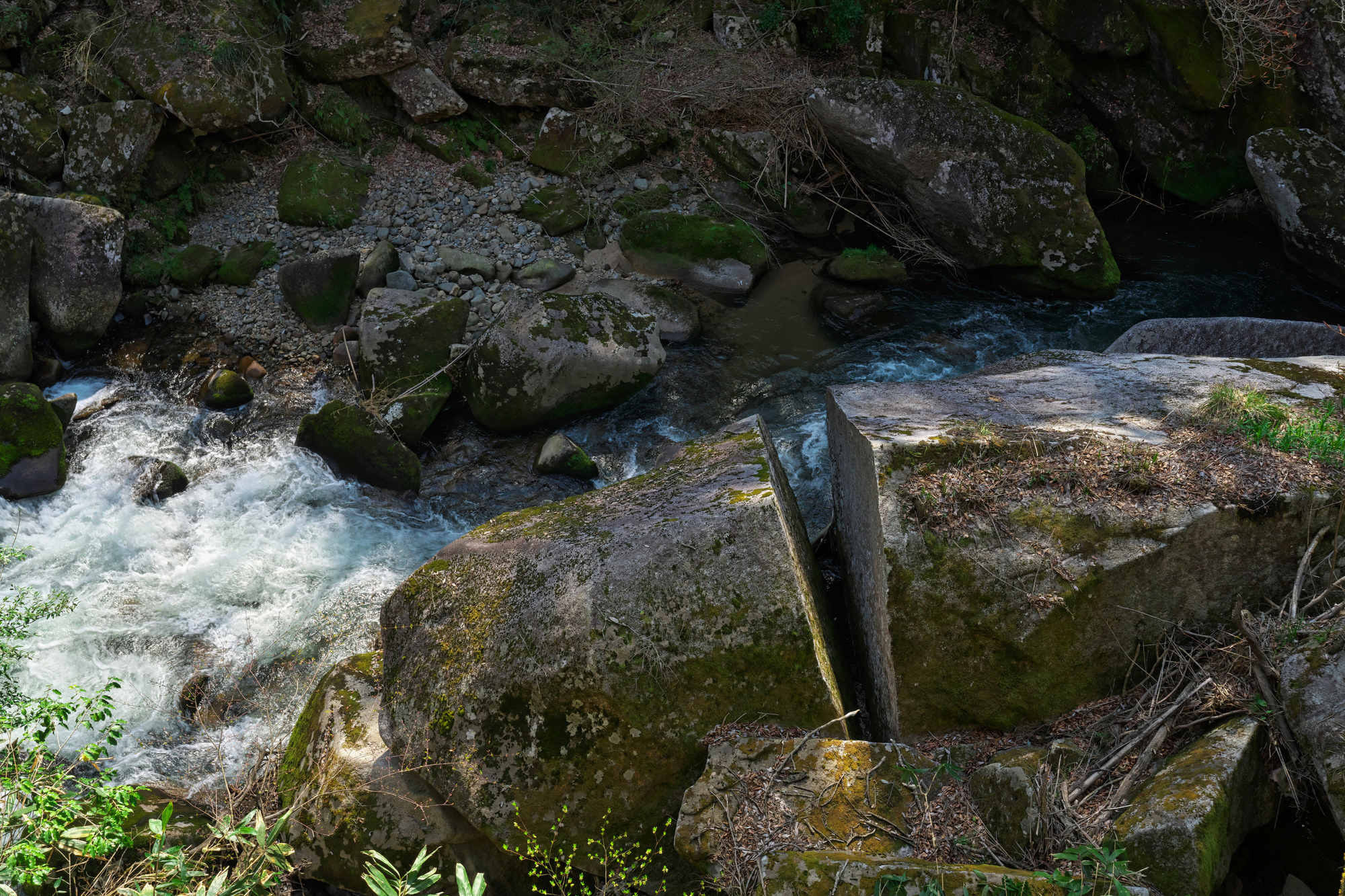
Legend says that an oni (demon) once tested his sword here, leaving behind the powerful split visible today.
Close by, you’ll find the Okuizumo Tatara and Sword Museum, dedicated to Japan’s ancient swordsmithing culture—deeply tied to the series’ lore.
Nearby, the dramatic Shitaburui “Love Suspension Bridge” (45 m high, 160 m long) adds a fun twist—the word “love” in its name reminds fans of Mitsuri Kanroji, the Love Hashira!
Enjoy the thrilling views of the gorge below while following in the footsteps of Japan’s legendary blades.
| Address | Miumi, Mitari, Okuizumo Town, Nita District, Shimane 699-1511 |
|---|
Kintoki Yadori Ishi / Kintoki’s Shelter Rock (Kanagawa Prefecture)
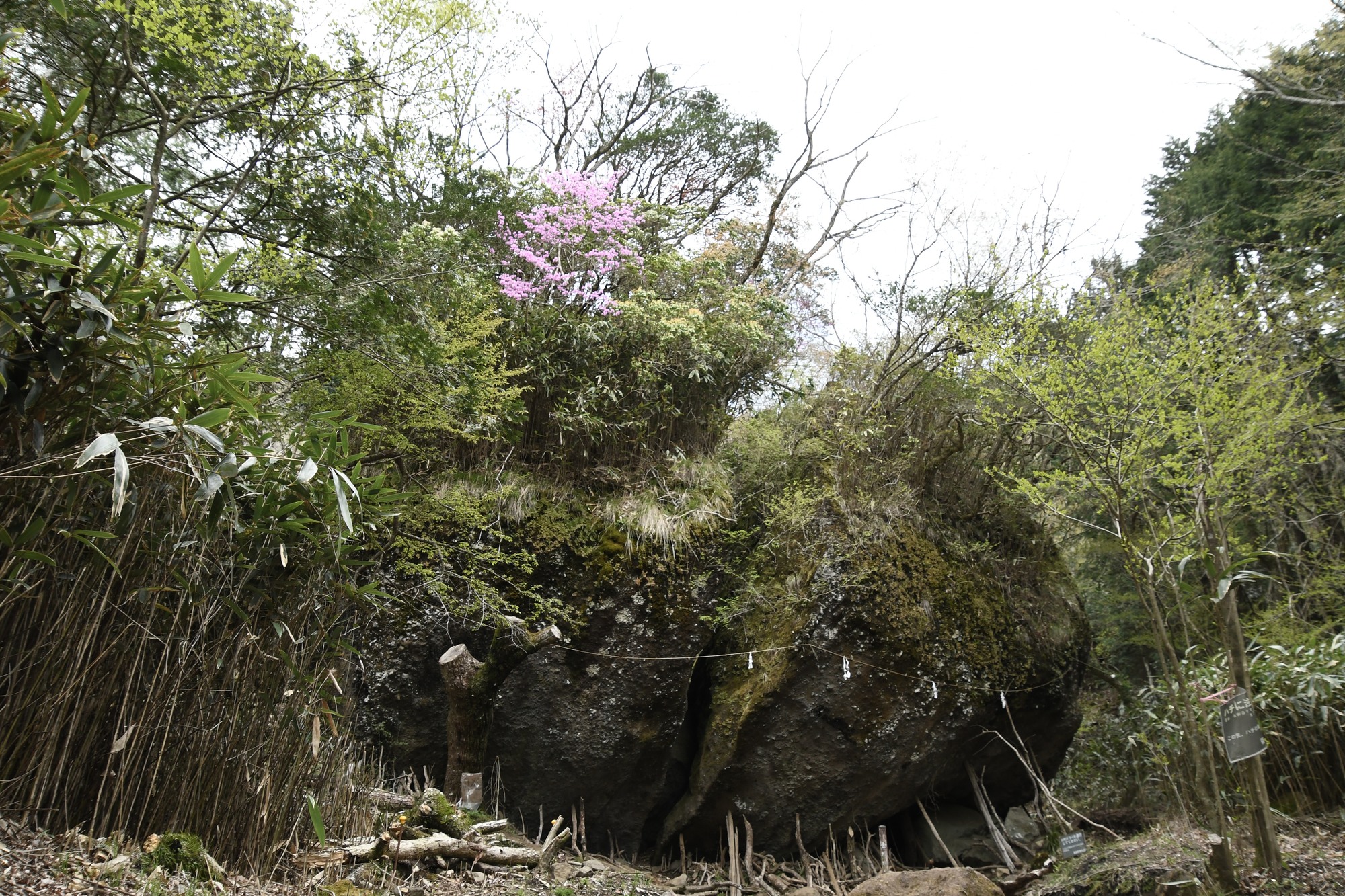
Linked to the famous folk hero Kintarō (Sakata Kintoki), this rock on Mount Kintoki is said to have been split during his battle with an oni.
Because of its clean division and heroic backstory, it’s often compared to the rock Tanjiro cleaved.
The mountain itself offers panoramic views from the summit and is an easy hike even for beginners, making it a popular day-trip destination from Tokyo.
| Address | Sengokuhara, Hakone Town, Ashigarashimo District, Kanagawa 250-0631 |
|---|
Ashikaga Flower Park (Tochigi Prefecture) | Experience the World of Mount Fujikasane
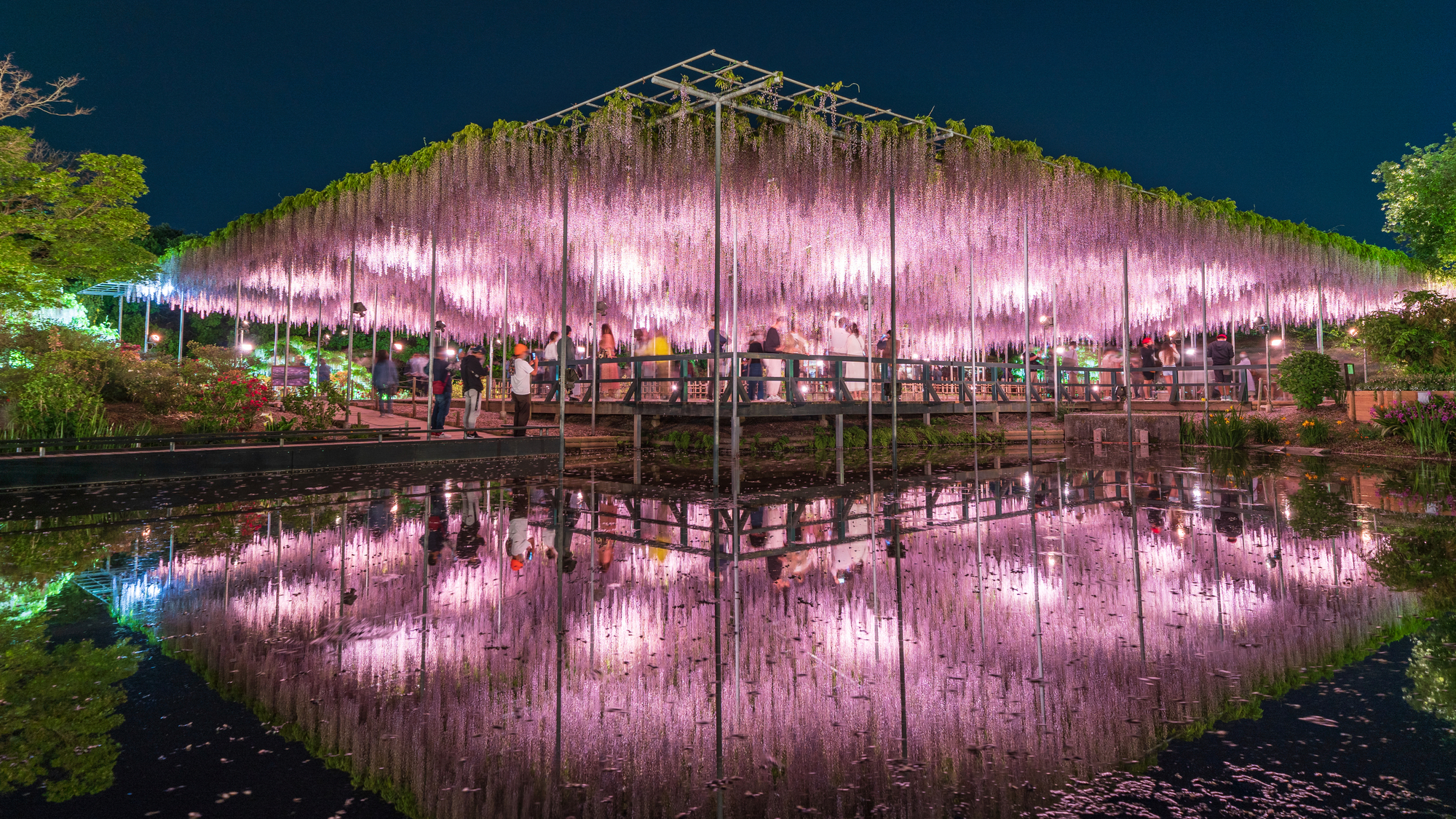
Ashikaga Flower Park is one of Japan’s most famous flower gardens, known for its breathtaking seasonal blooms—especially its wisteria tunnels, which draw visitors from all over the world. The park has become a popular destination among Demon Slayer: Kimetsu no Yaiba fans because its scenery closely resembles Mount Fujikasane, the site of the anime’s Final Selection, where Demon Slayer Corps recruits undergo their ultimate trial.
In the series, wisteria flowers symbolize protection from demons, as they repel them with their fragrance. The sight of purple wisteria cascading from trellises throughout the park vividly brings this world to life, making visitors feel as though they’ve stepped straight into the anime.
While the daytime wisteria tunnels are spectacular, the nighttime illumination transforms the park into a truly magical landscape, glowing with soft violet light that perfectly captures the mystical atmosphere of Mount Fujikasane.
It’s a destination that can be enjoyed from morning till night, and for Demon Slayer fans, a visit here promises an unforgettable, immersive experience in one of Japan’s most enchanting flower sanctuaries.
| Address | 607 Hasamacho, Ashikaga City, Tochigi 329-4216 |
|---|---|
| Website | https://www.ashikaga.co.jp/ |
Asakusa (Tokyo) | A Historic and Culinary Hotspot
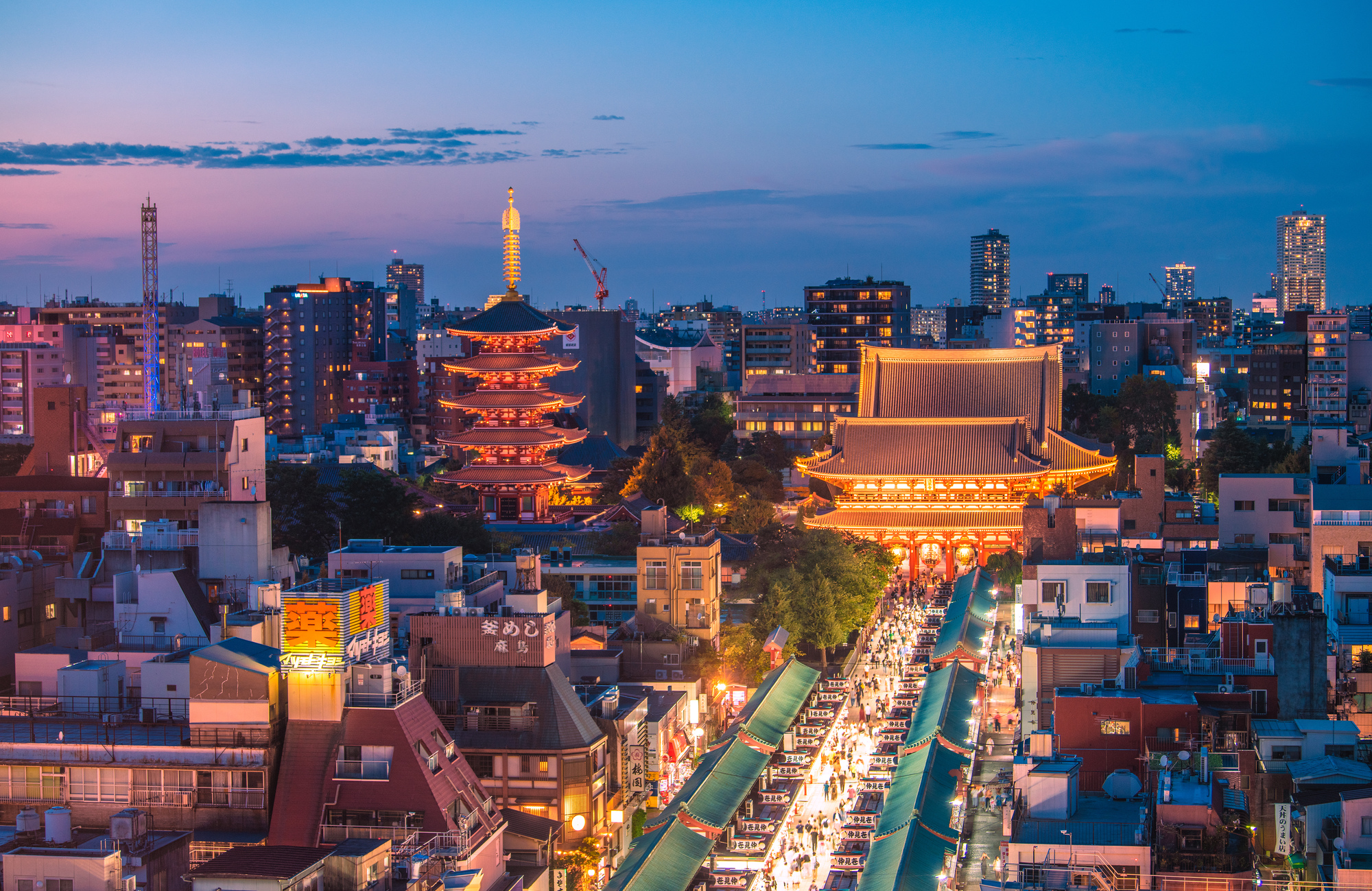
Asakusa is the crucial setting where Tanjiro Kamado first encounters Muzan Kibutsuji, his most powerful adversary in Demon Slayer: Kimetsu no Yaiba.
This iconic Tokyo neighborhood preserves the charm of old Japan, allowing visitors to feel the atmosphere of the Taishō era—the same period in which the story takes place.
If you’re exploring Asakusa, be sure to try Yamakake Udon, the same dish Tanjiro eats in the anime. While the exact food stall isn’t specified, many local udon shops serve this comforting dish, letting fans relive that memorable scene firsthand.
Interestingly, the anime’s depiction of Asakusa does not show the famous Kaminarimon Gate—a deliberate historical detail, as the gate was destroyed in a fire during the Taishō period and wasn’t rebuilt until later. Comparing the anime’s Asakusa with the modern district offers a fascinating glimpse into Japan’s evolving cityscape.
Asakusa is also connected to other anime history—it’s the hometown of Kankichi Ryotsu, the main character of Kochira Katsushika-ku Kameari Kōen-mae Hashutsujo (KochiKame). Fans can visit the KochiKame monument at Asakusa Shrine for a fun crossover experience.
Don’t miss Asakusa Hanayashiki, Japan’s oldest amusement park, which still operates today. Strolling through Asakusa’s retro streets, lined with traditional shops and street food stalls, lets you experience both the world of Demon Slayer and the nostalgic spirit of Tokyo’s past.
| Address | Asakusa, Taito City, Tokyo 111-0032 |
|---|---|
| Website | – |
Northern Culture Museum (Niigata Prefecture) | A Majestic Mansion Reminiscent of the Ubuyashiki Residence
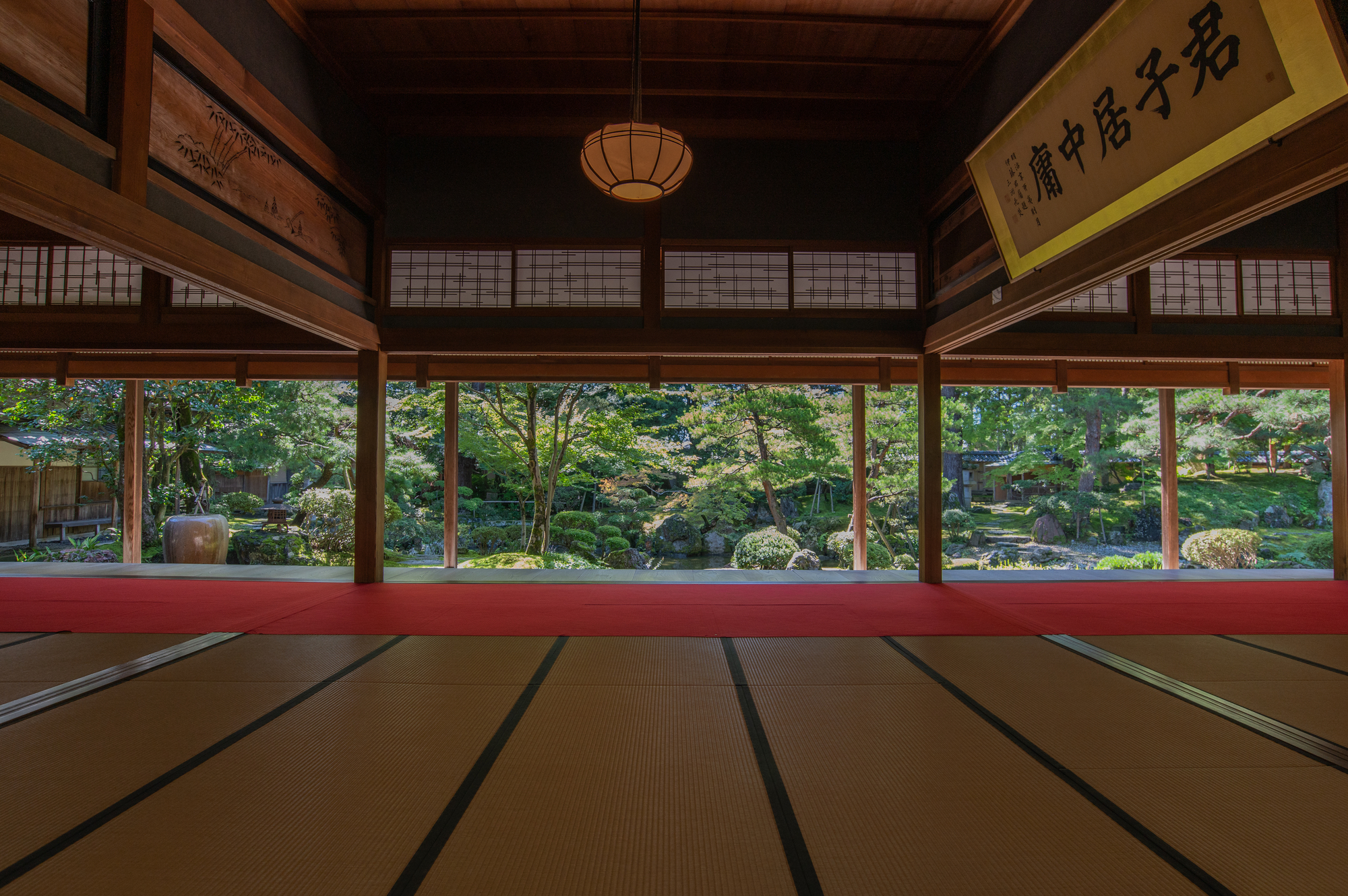
The Northern Culture Museum in Niigata is a must-visit destination for Demon Slayer: Kimetsu no Yaiba fans, as its traditional architecture closely resembles the Ubuyashiki Residence—the home of Kagaya Ubuyashiki, the head of the Demon Slayer Corps.
Originally the estate of a wealthy farming family, the museum complex is divided into the Main House and the Great Hall, both exuding timeless Japanese elegance. The vast scale and intricate craftsmanship of the Great Hall in particular evoke the grandeur of the Hashira Meeting Hall scenes, where the Corps’ highest-ranking swordsmen convene.
Each spring, the museum’s wisteria flowers bloom beautifully in early May, symbolizing protection against demons in the series. At night, the illuminated wisteria tunnels create a dreamlike, ethereal atmosphere, transporting visitors into the world of Demon Slayer.
During autumn, the gardens transform into a canvas of brilliant red and gold leaves, and the view from the 100-tatami Great Hall is said to resemble a living painting—a perfect harmony of architecture and nature.
| Address | 1 Uchiyama, Inuyama City, Aichi 484-0000 |
|---|---|
| Website | https://www.meijimura.com/ |
The Museum Meiji-Mura (Aichi Prefecture) | A Must-Visit for History and Culture Lovers
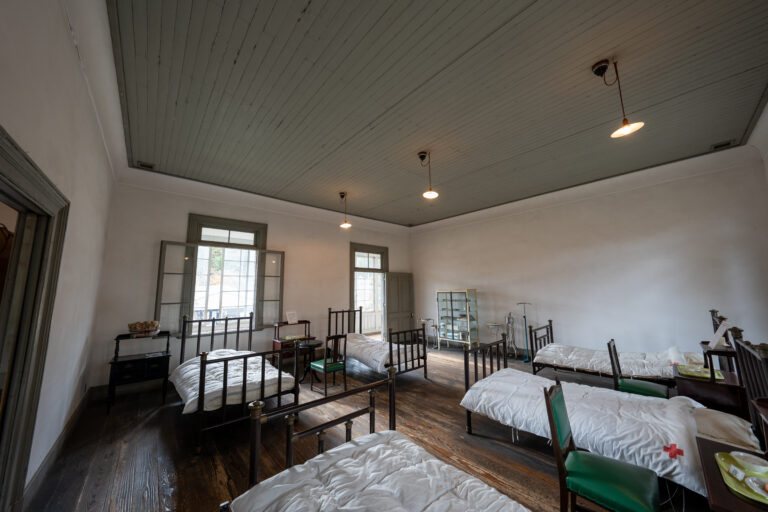
For fans of Demon Slayer: Kimetsu no Yaiba, one of the most memorable moments is when Tanjiro Kamado and his friends recover at the Butterfly Mansion, the residence of Shinobu Kocho, the Insect Hashira, following their fierce battle on Mount Natagumo.
The Japanese Red Cross Society Central Hospital Ward at The Museum Meiji-Mura in Aichi Prefecture has become famous for its striking resemblance to the Butterfly Mansion, capturing the same serene and elegant Taishō-era aesthetic seen in the anime.
Visitors can also ride a real steam locomotive within the museum grounds—an experience that feels straight out of the Mugen Train Arc. As you breathe in the scent of coal and hear the rhythmic chug of the engine, it’s easy to imagine being part of Tanjiro’s journey.
Beyond its anime connections, Meiji-Mura frequently hosts collaboration events with popular series such as Golden Kamuy, as well as cosplay gatherings, making it a beloved spot for both history enthusiasts and pop culture fans.
Simply walking through the museum feels like stepping back in time to Japan’s Meiji era, surrounded by preserved Western-style buildings, schools, and churches from the late 19th to early 20th centuries.
It’s an ideal destination for those interested in Japan’s history, architecture, and cultural evolution—and for Demon Slayer fans, a chance to experience a real-life piece of its world.
| Address | 1 Uchiyama, Inuyama City, Aichi 484-0000 |
|---|---|
| Website | https://www.meijimura.com/ |
Ookawaso Ryokan (Fukushima Prefecture) | Feel the Infinity Castle Come to Life
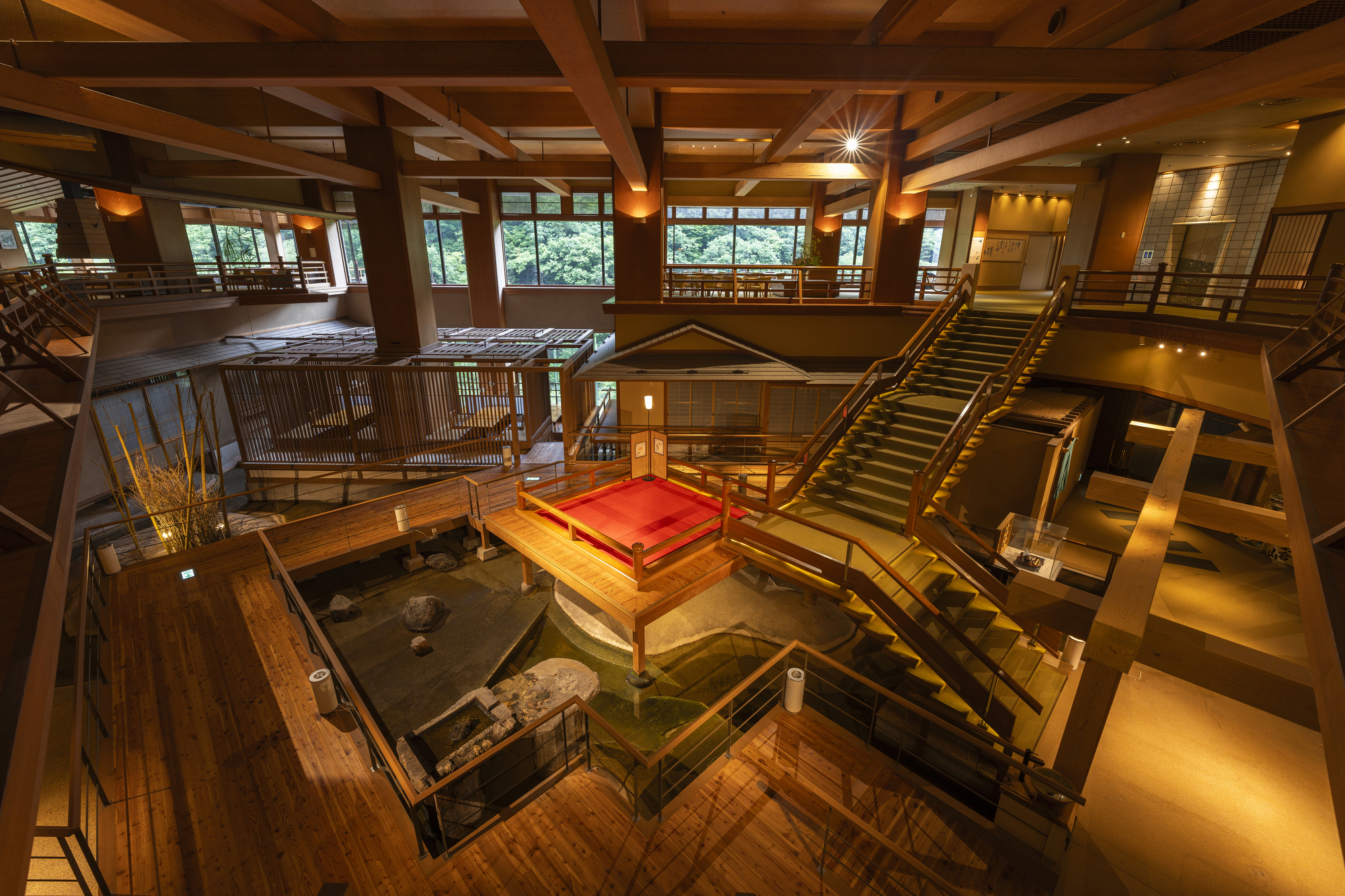
Ookawaso Ryokan in Fukushima has become an SNS sensation among Demon Slayer: Kimetsu no Yaiba fans for its stunning resemblance to the Infinity Castle, featured in Mugen Train and beyond.
One of the inn’s most striking features is its grand, multi-story atrium lobby, where a floating stage hosts regular shamisen performances. The hauntingly beautiful melodies echo through the space, reminiscent of Nakime, the biwa-playing demon who manipulates the Infinity Castle in the series.
Guests can also unwind in the inn’s tiered open-air hot spring baths, which extend out over the valley like terraced rice fields. From here, you can enjoy breathtaking seasonal views—cherry blossoms in spring, lush greenery in early summer, vibrant foliage in autumn, and snow-covered landscapes in winter.
The ryokan offers a complimentary, reservation-only shuttle bus from Aizu-Wakamatsu Station on the Tohoku Shinkansen, making it easily accessible while still surrounded by the tranquility of Aizu’s natural beauty. It’s the perfect place to immerse yourself in the world of Demon Slayer while enjoying an authentic onsen retreat.
| Address | 984 Shimodaira, Oto-machi Ashinomaki, Aizu-Wakamatsu City, Fukushima 969-5147 |
|---|---|
| Website | https://www.ookawaso.co.jp/ |
Summary
In this feature, we introduced a range of real-life “Demon Slayer” pilgrimage spots across Japan—each offering a unique way to step into the world of the anime and film. From mystical mountains and sacred rocks to historic architecture and hot spring retreats, these destinations allow fans to experience the magic of the story firsthand.
For those planning a trip to Yamanashi, JAPANOPIA also highlights must-visit Demon Slayer-related locations in the region—perfect for making your pilgrimage even more meaningful and memorable.
Don’t forget to check out our Yamanashi edition to complete your journey through the world of Demon Slayer: Kimetsu no Yaiba!

Recommended for You! Featured Articles You May Also Like
-

“Yowamushi Pedal” Pilgrimage Guide | Explore the Inter-High Race Locations & a One-Day Cycling Course Around the Fuji Five Lakes
-


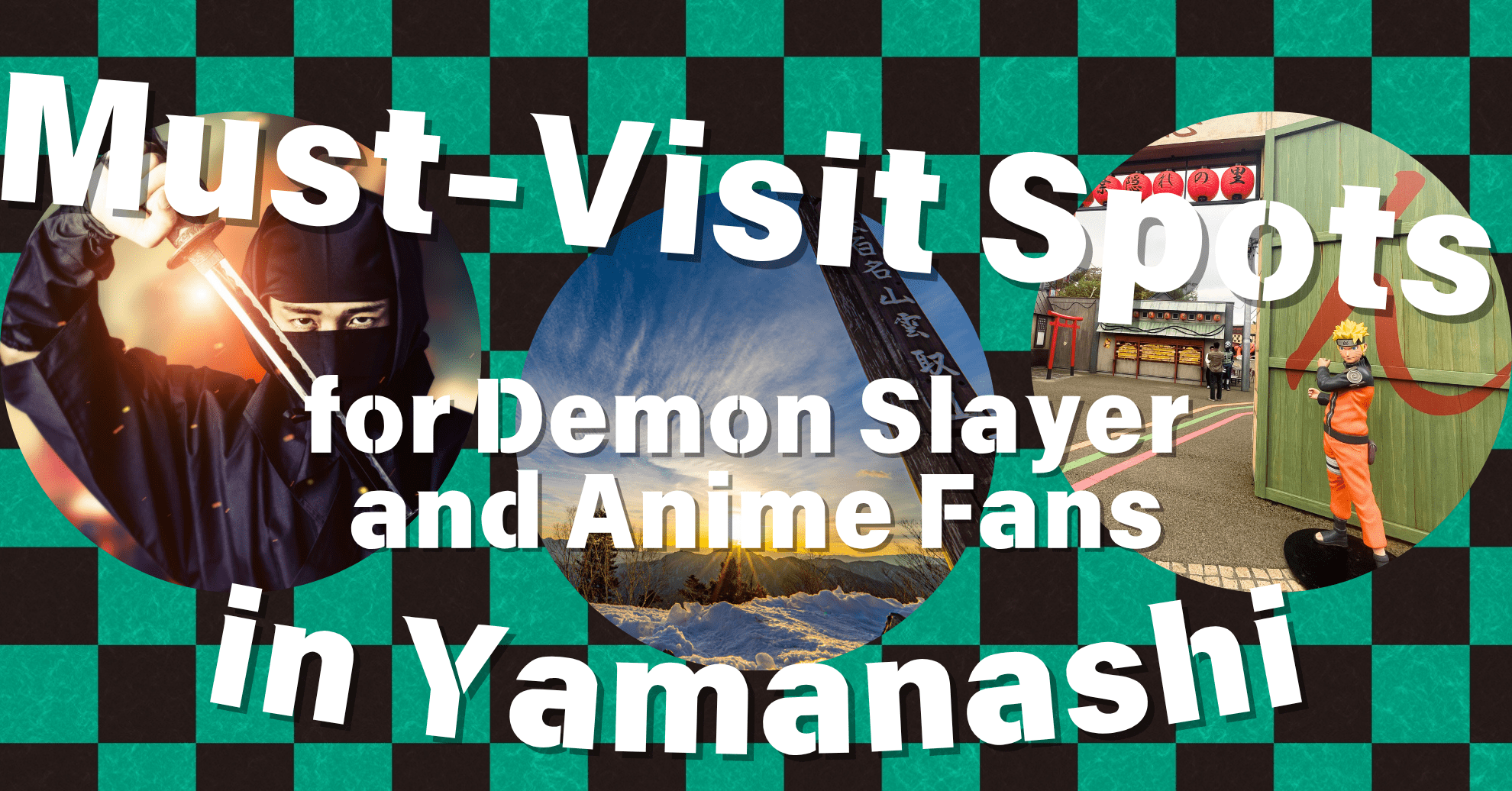
Must-Visit Spots in Yamanashi for Demon Slayer and Anime Fans | With Recommended Hotels
-


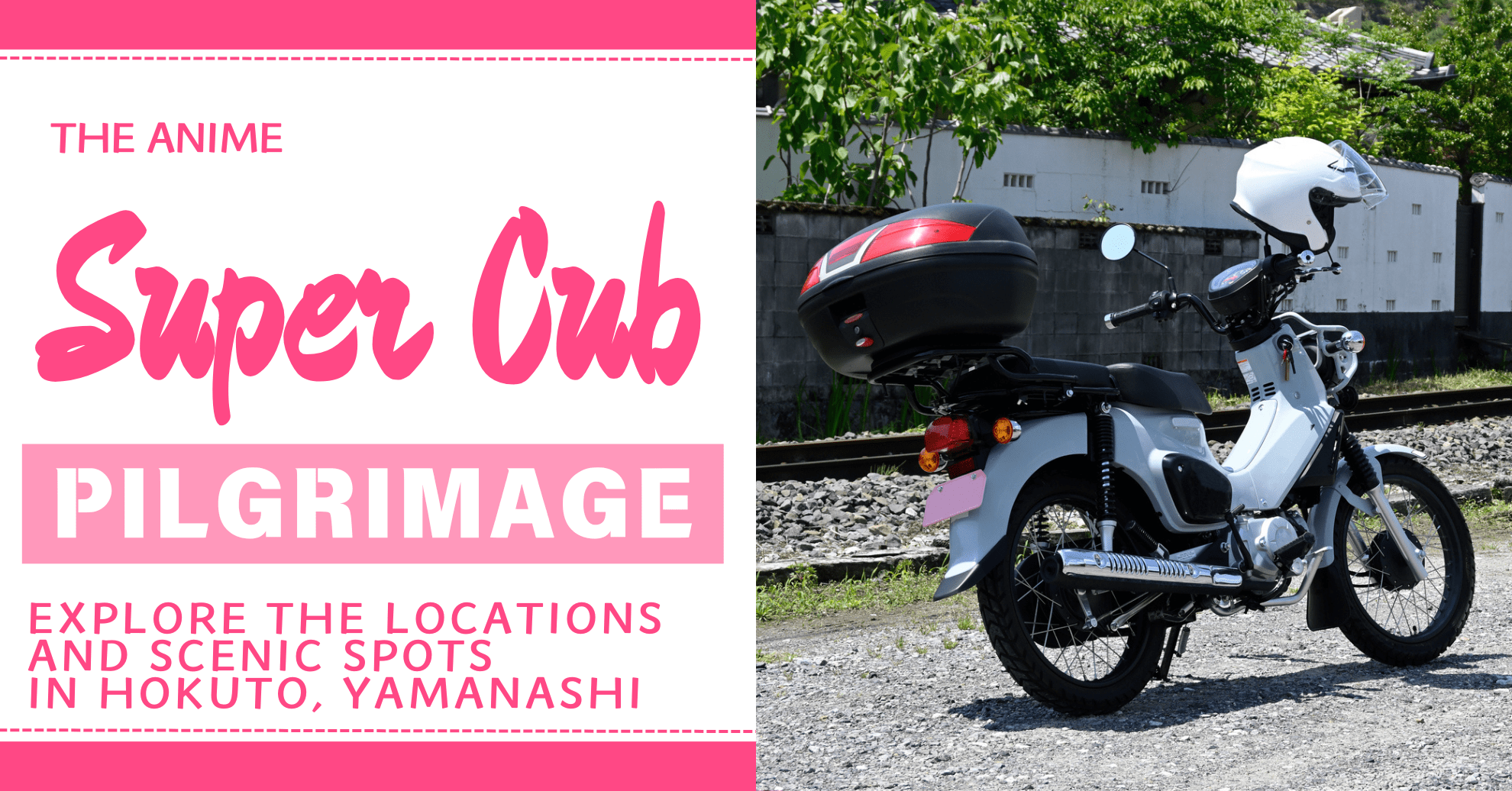
“Super Cub” Pilgrimage | Explore the Locations and Scenic Spots in Hokuto, Yamanashi
-



“Bakuon!!” Pilgrimage Guide — Anime Spots & Day-Trip Touring Course
-


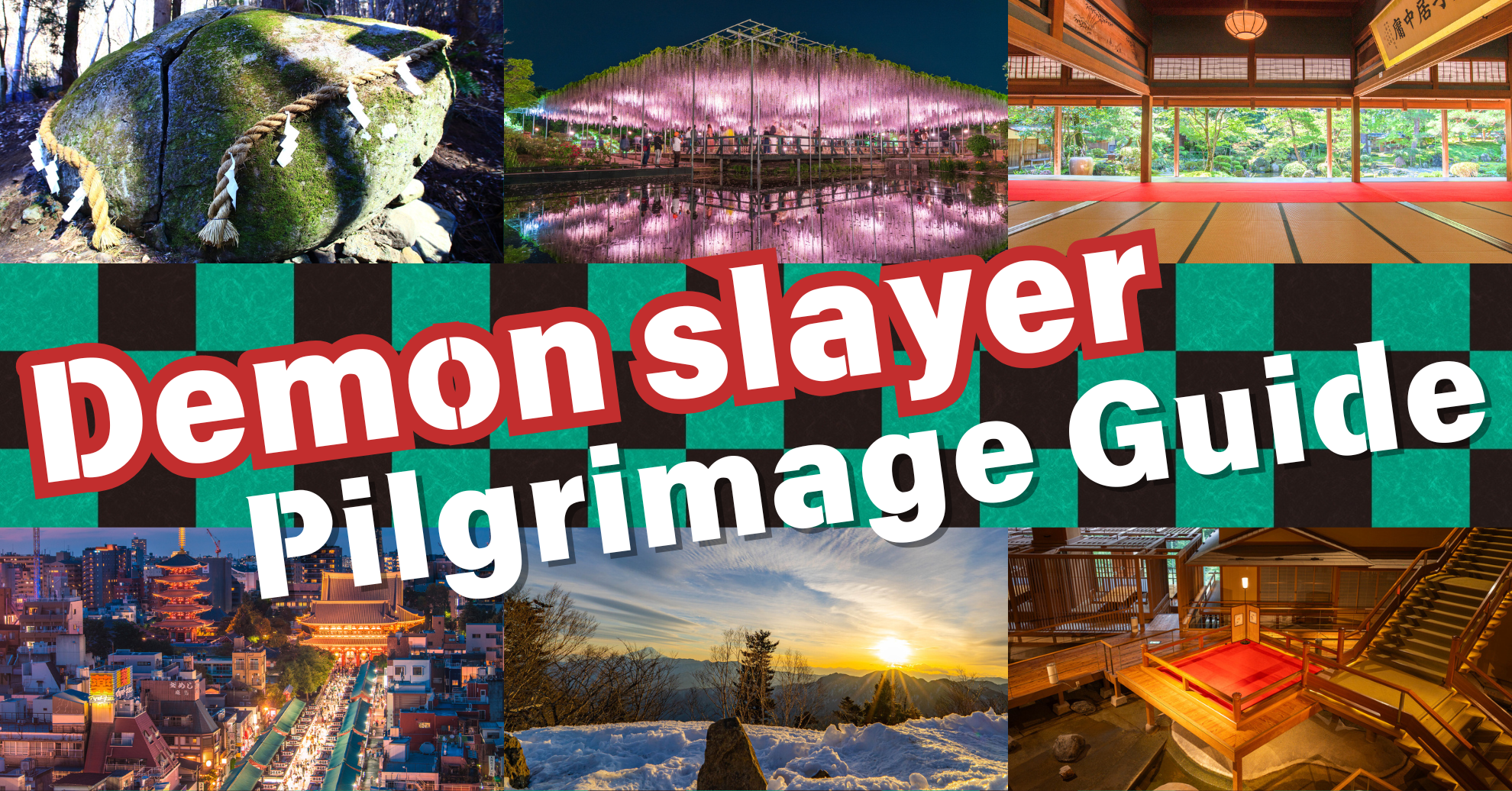
Demon Slayer: Kimetsu no Yaiba Pilgrimage Guide | Real-World Locations Across Japan
-


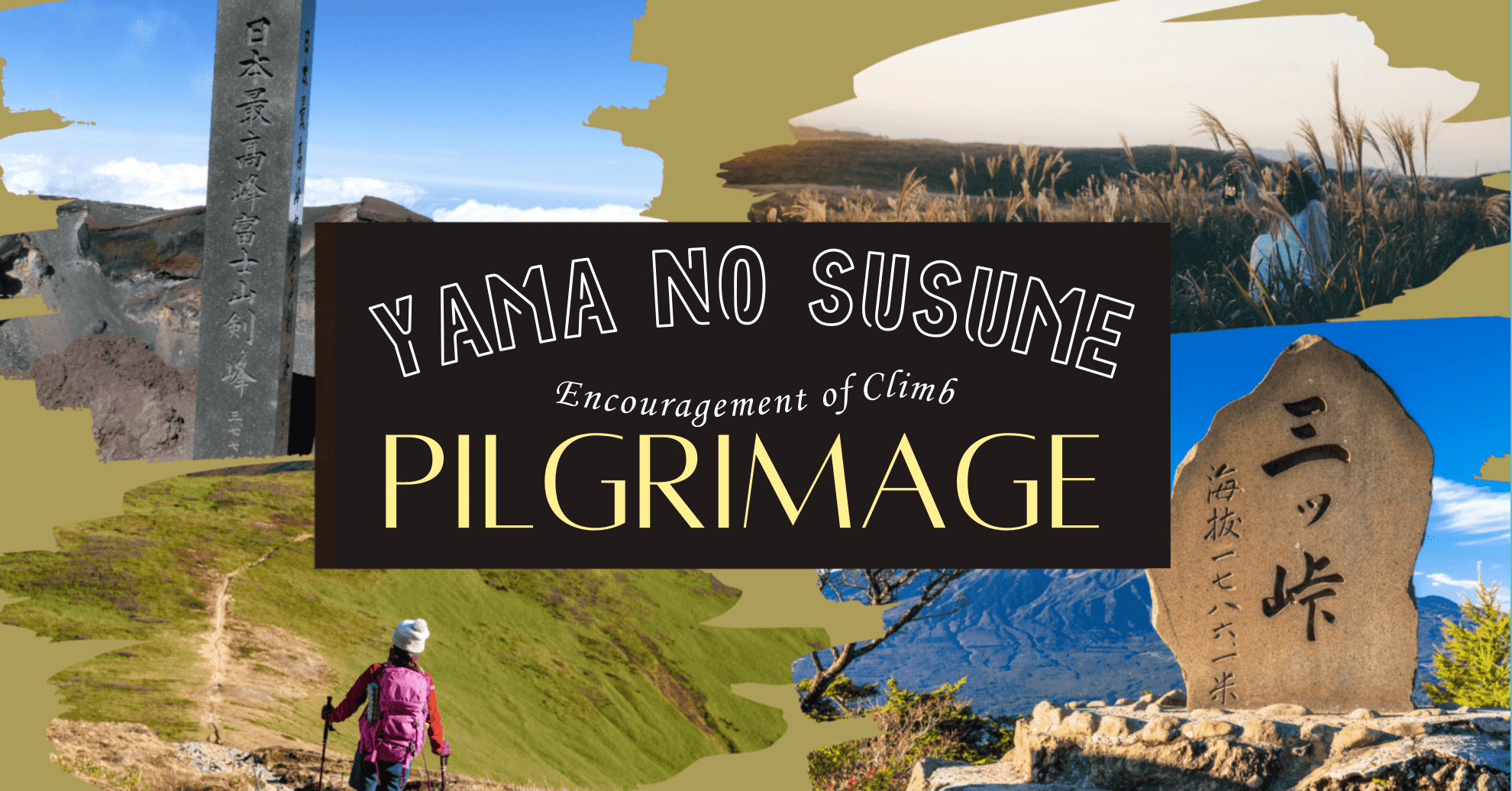
Walk Through the World of “Yama no Susume” | A Pilgrimage Guide for Anime Fans


